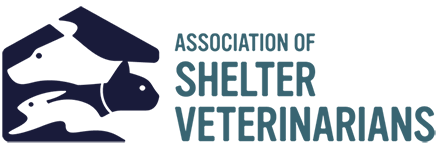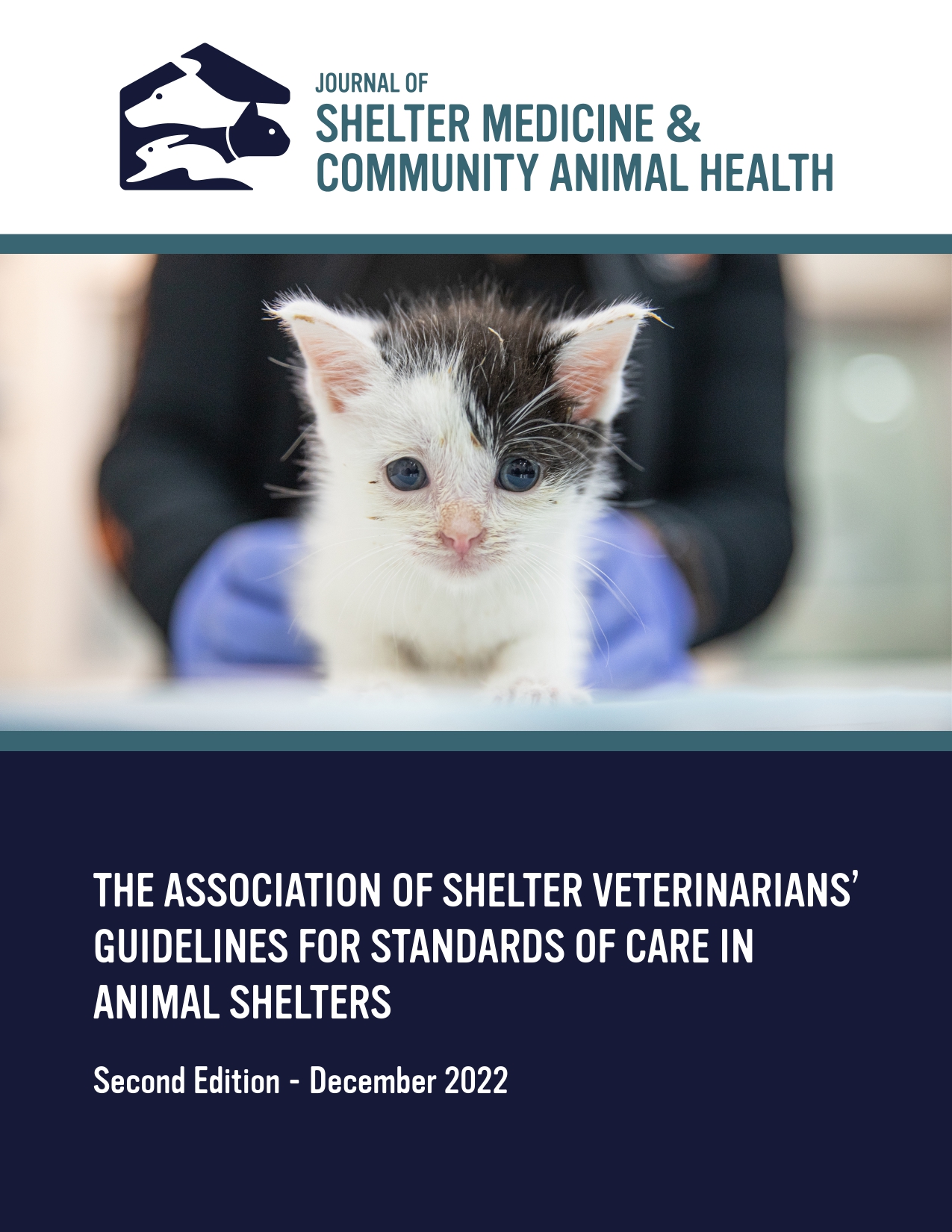Spaycations: A Qualitative Study of Veterinarians’ Motivations And Perceived Impacts of Remote Volunteer Spay Neuter [Abstract]
DOI:
https://doi.org/10.56771/jsmcah.v3.102Abstract
Increasingly, veterinarians skilled in High Quality High Volume Spay Neuter (HQHVSN) are invited to volunteer their surgical services in distant low-resource communities on trips that have become casually known as “spaycations.” While these trips are numerous, there is little research on veterinarians’ motivations for participating and their perceptions of the impacts these clinics have on communities they visit. The current study was open to veterinarians who work in or are trained in HQHVSN whether or not they had been on a spaycation trip. For the purpose of this study, a spaycation is defined as an unpaid or minimally paid trip from a high resource area to a low or moderate resource country or area to provide spay neuter services that is organized by someone other than the individual surgeon. Forty-one veterinarians responded to an electronic questionnaire containing open-ended questions relating to their thoughts and experiences regarding spaycations and their impacts on the volunteer veterinarians as well as on the animals, clients, communities, veterinary practitioners, and animal populations in the areas visited. A reflexive thematic analysis was conducted in which the veterinarians’ responses were coded inductively for semantic themes using a critical realist approach.
Respondents had participated in a variety of spaycations around the world over the past 20 years. Most responding veterinarians were motivated by a desire to make a difference and give back to communities in need as well as the desire to travel and to experience other cultures. Many enjoyed bonding with and learning from other vets and team members on the spaycation, and said that while the trips were exhausting they were also paradoxically energizing, and that they renewed their professional passion. Many veterinarians were concerned by the financial and time commitments associated with participating in spaycations, and these costs had prevented some veterinarians from participating. Further reasons for not participating in spaycations included concerns about stress and burnout and about the continual expectation for veterinarians to volunteer their time. Some veterinarians presented concerns about spaycations producing damaging interactions with the local communities including cultural misunderstandings, distrust, the creation of dependence, colonialism, and White Savior syndrome. Local involvement in the spay neuter event varied, with some events entirely planned and staffed locally and involving training and mentorship of local veterinary professionals and students, while other spaycations included little local involvement. Veterinarians varied in their estimation of the animal population impact of the spaycation and agreed that recurrent or ongoing interventions are necessary for appreciable and sustainable population impacts, but that health impacts on individual animals and their families were important and visible even after a single trip. Thematic analysis identified three main themes, HQHVSN is a special skill set, Colonialism and Cost and Value. Spaycations are a unique way for HQHVSN veterinarians to use their distinctive skills in communities of need. The compelling nature of these trips necessitates conscientious and culturally-sensitive leadership and planning to provide safe, sustainable, community-centered programs with a focus on long-term solutions.
Downloads
Published
Issue
Section
License
Copyright (c) 2024 SC White

This work is licensed under a Creative Commons Attribution 4.0 International License.










